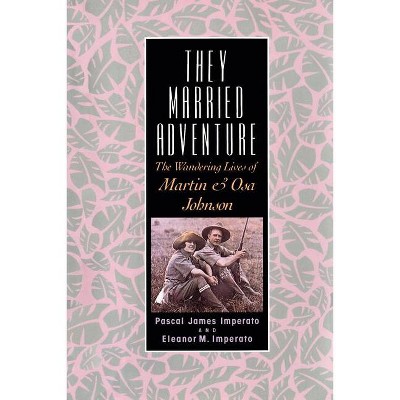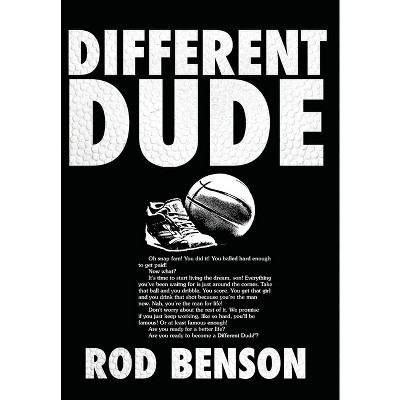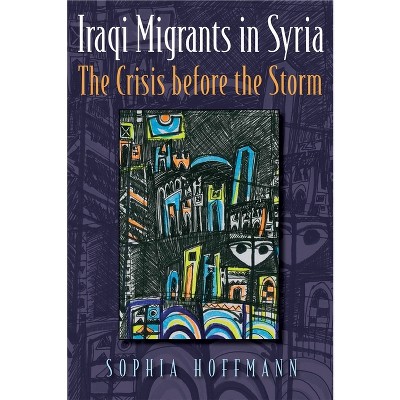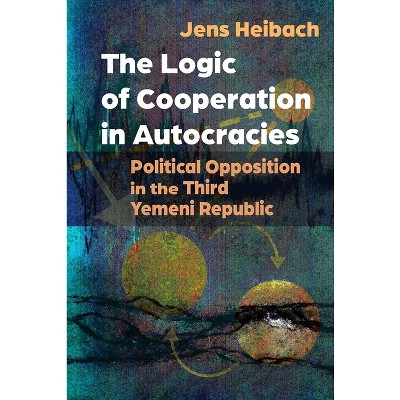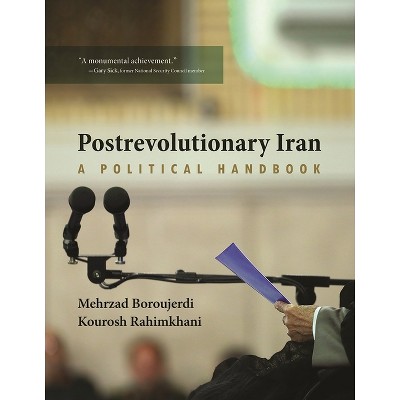About this item
Highlights
- The conventional history of animals could be more accurately described as the history of human ideas about animals.
- About the Author: Susan Nance is an associate professor in the Department of History and an affiliated faculty member at the Campbell Centre for the Study of Animal Welfare at the University of Guelph, Ontario, Canada.
- 432 Pages
- History, World
Description
Book Synopsis
The conventional history of animals could be more accurately described as the history of human ideas about animals. Only in the last few decades have scholars from a wide variety of disciplines attempted to document the lives of historical animals in ways that recognize their agency as sentient beings with complex intelligence. This collection advances the field further, inviting us to examine our recorded history through an animal-centric lens to discover how animals have altered the course of our collective past.
The seventeen scholars gathered here present case studies from the Pacific Ocean, Africa, Europe, and the Americas, involving species ranging from gorillas and horses to salamanders and orcas. Together they seek out new methodologies, questions, and stories that challenge accepted historical assumptions and structures. Drawing upon environmental, social, and political history, the contributors employ research from such wide-ranging fields as philosophy and veterinary medicine, embracing a radical interdisciplinarity that is crucial tounderstanding our nonhuman past. Grounded in the knowledge that there has never been a purely human time in world history, this collection asks and answers an incredibly urgent question for historians and others interested in the nonhuman past: in an age of mass extinctions, mass animal captivity, and climate change, when we know much of what animals have done in the past, which of our activities will we want to change in the future?
Review Quotes
A useful addition to the growing materials in Animal Studies relating to history. This should prove to be an important book for those well versed in the study of animals' pasts, as well as those new to the field. It certainly deserves to be in university libraries and on reading lists for both history and animal studies courses.-- "Anthrozoös Journal"
From Appalachian salamanders facing a reshaping landscape to the way the scarred bodies of orcas reshaped a generation's thinking about how whales should be studied and perceived, the writings offer non-anthropocentric perspectives of how animals shape history in their own right and not merely as humanity's partners or as objects of interest or scorn. Although presented as history, this work would also find relevance in courses in philosophy and environmental science.-- "Choice"
Showing the power of taking animals seriously in historical scholarship, The Historical Animal should be consulted not only by practitioners of animal history but also any historian interested in learning more about this exciting new subfield.-- "Journal of Social History"
Coming at the non-human from multiple times, places, and
methodologies, The Historical Animal captures the vibrancy and
promise of history and animal studies. The collection spans the
globe and the centuries, bringing together essays on burros and
whales, zoos and city streets. Showing off the range and talent of
historians working on animals in the past from medieval England
to modern Chicago, The Historical Animal stands as the capstone
to a new and energetic school of inquiry.
One of the finest edited collections I
have encountered in animal history: fascinating,
readable, and accessible. It will
be appropriate to use with undergraduates
as well as graduate students.
About the Author
Susan Nance is an associate professor in the Department of History and an affiliated faculty member at the Campbell Centre for the Study of Animal Welfare at the University of Guelph, Ontario, Canada. She is the author of Entertaining Elephants: Animal Agency and the Business of the American Circus.

